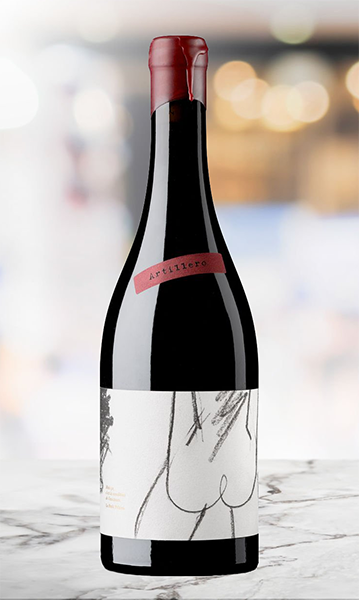
Carménère is a red wine grape variety with origins in France, although these days, it’s better known for the wines it produces in Chile. Carménère was one of the original six red Bordeaux varieties; however, it was wiped out by phylloxera in the mid-1800s and was not replanted to any significant extent.
Pockets of carménère plantings still exist in Bordeaux, and with the recent surge in popularity, more may be on the horizon. For now, it seems well-ensconced in Chile, where it has rebounded magnificently.
The only reason carménère survived was because vines had already been sent to Chile and Argentina—although, at the time, it was mistakenly thought to be merlot. Until the early 1990s, Chilean carmenère (note the lack of the first accent) was labeled and sold as merlot. DNA research confirmed the discovery, and the variety took off like a rocket, with plantings popping up in the most unlikely places, as far away as Canada, New Zealand, and China, where it is known as cabernet gernischt.
You’d be right to assume that for carménère to be mistaken for merlot, the two must share some attributes. And to be honest, merlot is not the only grape it masquerades. In New Zealand, carménère was mistaken for a clone of cab franc. Italian carménère was often called cabernet and blended with other varieties, like refosco. It did not gain DOC recognition until the late 2000s, and there are likely many wines that include carménère in the blend without listing it as an ingredient or an “allowed” grape. Such is life for a chameleon!
What Does Carménère Taste Like?
Carménère shares some distinct characteristics with other Bordeaux varietals. It has medium tannins and red cassis fruit like merlot, green pepper and peppercorn notes, black berry fruit, and fresh acidity like cabernet franc. It ripens slightly earlier than cab franc but does best in warmer climates that can ripen out its green flavors.
At its best, carménère displays black and red currants on the nose with a medium body and spicy, peppery finish with cacao and tobacco notes on the finish. Cool climate examples are higher in acidity and more astringent than those found in South America. Chilean carmenère ranges in texture from quite supple to firmly structured, but almost all are value-priced and easy to love.
What Foods Pair with Carménère?
If you like merlot, Valpolicella, or sangiovese in any of its expressions (think Chianti), you’ll love carménère. As such, ideal food pairings will be similar. As always, the caveat with acidic wines is to avoid hot spicy foods as they will interfere with your enjoyment.






